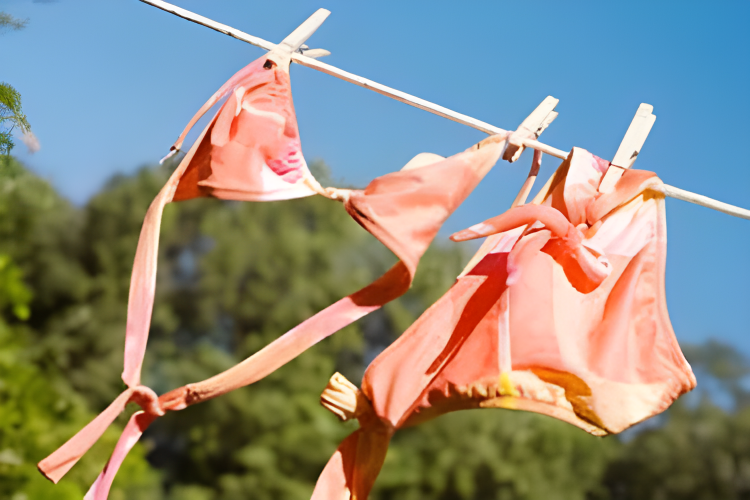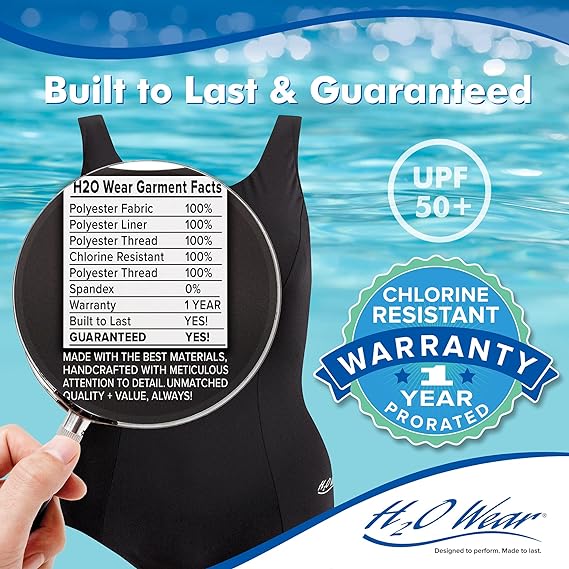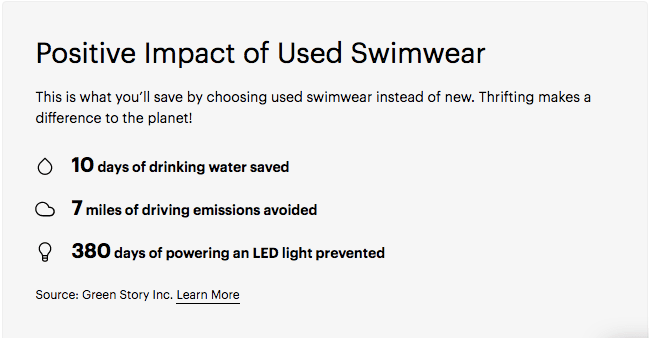Content Menu
● Understanding the Safety Aspects
● Health and Hygiene Considerations
● Environmental Impact
● How to Safely Purchase Used Swimwear
● Proper Cleaning and Sanitization
● Benefits of Buying Used Swimwear
● Potential Risks and How to Avoid Them
● Making an Informed Decision
● Sustainable Fashion Movement
● Care and Maintenance Tips
● Future Considerations
● Frequently Asked Questions
>> Q1: How can I ensure the used swimwear is safe to wear?
>> Q2: What are the best cleaning methods for used swimwear?
>> Q3: How long can used swimwear last with proper care?
>> Q4: What should I look for when buying used swimwear?
>> Q5: Are there any health risks associated with wearing used swimwear?
In today's environmentally conscious and budget-aware world, the question of whether it's safe to buy used swimwear has become increasingly relevant. This comprehensive guide will explore various aspects of purchasing second-hand swimwear, from health considerations to environmental benefits, helping you make an informed decision about this sustainable fashion choice.
Understanding the Safety Aspects
When considering used swimwear, the primary concern for most people is hygiene. While this concern is valid, it's important to understand that with proper precautions and care, wearing second-hand swimwear can be both safe and sustainable.

Health and Hygiene Considerations
1. Bacterial and Viral Risks
The main health concerns associated with used swimwear include potential exposure to bacteria, fungi, and viruses. However, these risks can be effectively mitigated through proper cleaning and sanitization methods.
2. Fabric Integrity
The condition of the fabric plays a crucial role in both safety and comfort. Well-maintained swimwear made from quality materials can remain safe and functional even after previous use.

Environmental Impact
Choosing second-hand swimwear contributes significantly to environmental conservation:

How to Safely Purchase Used Swimwear
1. Source Selection
- Choose reputable sellers and platforms
- Check seller ratings and reviews
- Request detailed photos and condition descriptions
- Verify cleaning history when possible
2. Inspection Guidelines
- Check for fabric integrity
- Look for signs of wear and tear
- Examine elastic quality
- Verify liner condition
- Check for proper hygiene documentation
Proper Cleaning and Sanitization
Essential cleaning steps for used swimwear:
1. Initial Sanitization
- Use hot water (60°C or above)
- Add appropriate sanitizing agents
- Consider specialized swimwear detergents
2. Regular Maintenance
- Hand wash after each use
- Avoid harsh chemicals
- Air dry properly
- Store in a clean, dry place
Benefits of Buying Used Swimwear
1. Cost Effectiveness
- Access to high-end brands at reduced prices
- More variety for your budget
- Opportunity to try different styles
2. Environmental Benefits
- Reduced textile waste
- Lower carbon footprint
- Water conservation
- Support for circular fashion
3. Style Advantages
- Access to vintage designs
- Unique pieces
- Opportunity to experiment with different styles
Potential Risks and How to Avoid Them
1. Material Degradation
- Check elasticity
- Examine color fading
- Test chlorine resistance
- Verify fabric thickness
2. Hygiene Concerns
- Implement thorough cleaning protocols
- Use appropriate sanitization methods
- Consider professional cleaning services
- Follow proper storage practices
Making an Informed Decision
Factors to consider:
1. Personal Comfort Level
- Individual hygiene preferences
- Health considerations
- Comfort with second-hand items
2. Intended Use
- Frequency of use
- Type of water exposure
- Activity level
- Duration of wear
3. Quality Assessment
- Brand reputation
- Material composition
- Construction quality
- Previous care history
Sustainable Fashion Movement
The role of used swimwear in sustainable fashion:
1. Circular Economy
- Reducing waste
- Supporting sustainable consumption
- Promoting reuse culture
2. Fashion Industry Impact
- Reducing manufacturing demand
- Lowering environmental impact
- Supporting ethical fashion choices
Care and Maintenance Tips
Long-term care guidelines:
1. Regular Cleaning
- Proper washing techniques
- Appropriate detergent selection
- Drying methods
- Storage solutions
2. Maintenance Schedule
- Regular inspections
- Elastic care
- Color preservation
- Shape maintenance
Future Considerations
The evolution of used swimwear market:
1. Market Trends
- Growing acceptance
- Improved cleaning technologies
- Better verification systems
- Enhanced marketplace platforms
2. Innovation in Materials
- Sustainable fabrics
- Improved durability
- Better hygiene properties
- Enhanced longevity
Frequently Asked Questions
Q1: How can I ensure the used swimwear is safe to wear?
A: Implement a thorough cleaning routine using hot water and appropriate sanitizing agents, and always inspect the item carefully before purchase.
Q2: What are the best cleaning methods for used swimwear?
A: Use hot water (60°C or above), specialized swimwear detergent, and proper sanitization techniques. Hand washing is often recommended for delicate items.
Q3: How long can used swimwear last with proper care?
A: With proper care and maintenance, quality used swimwear can last several seasons, depending on the original material quality and usage patterns.
Q4: What should I look for when buying used swimwear?
A: Check for fabric integrity, elastic quality, proper hygiene documentation, and overall condition. Also, verify the seller's reputation and cleaning practices.
Q5: Are there any health risks associated with wearing used swimwear?
A: While there are potential risks, they can be effectively minimized through proper cleaning and sanitization. Following recommended care guidelines is essential for safe use.




































